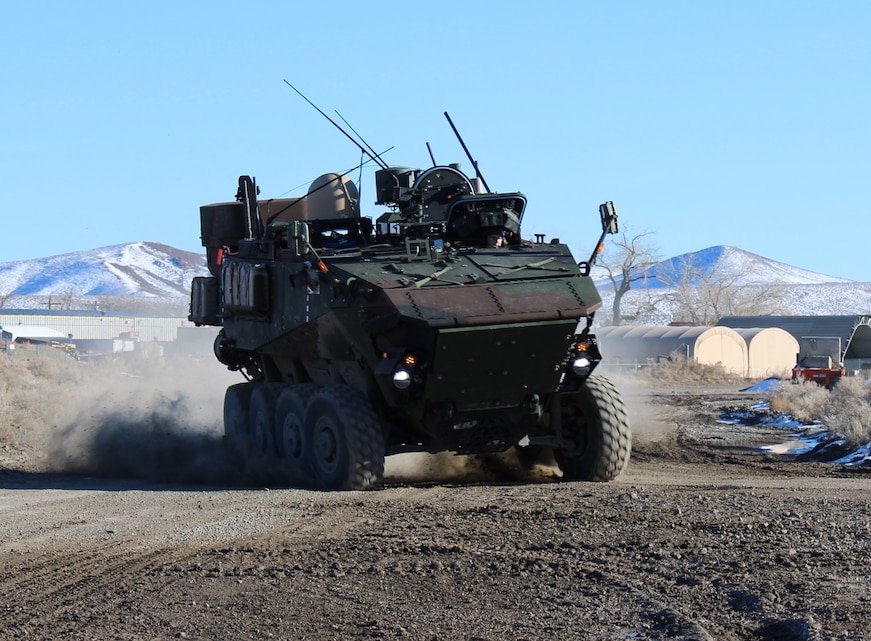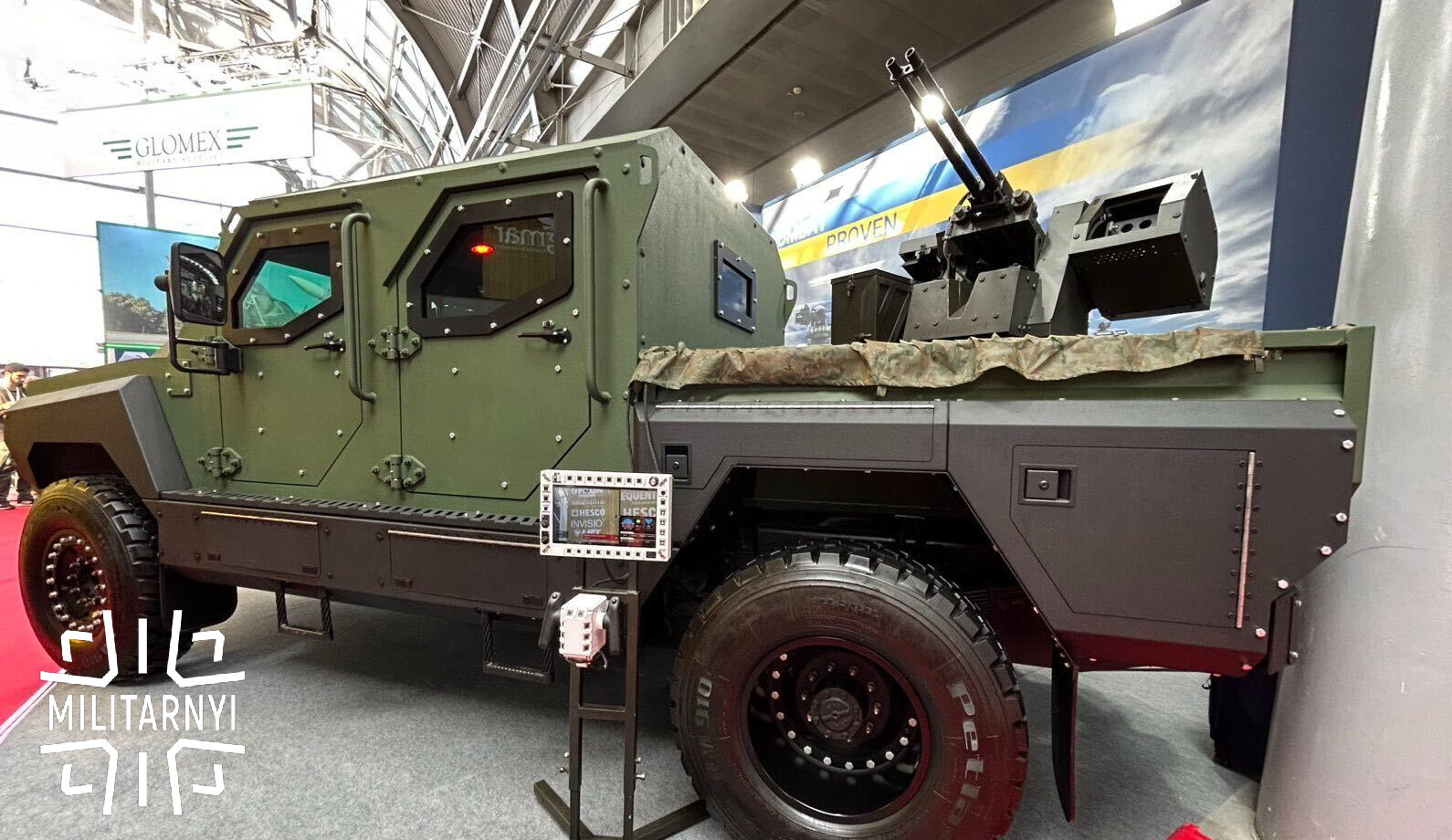To me the CAV Squadron should be a Bde asset, as it requires Crewmen (crewpeople?), Infanteers and other occupations to be integrated in order to fulfill its mission.
I think for the very reason that "cavalry" operates similalry at both the bde and div level means that, from a training and organizational standpoint, the core cavalry specialties should be part and parcel to a cavalry branch rather than an amalgam from various branches. A cavalry crewman, regardless of whether at the bde or div, should have a common DP1 course to teach cavalry concepts and tactics in broad terms with perhaps a common specialty in operating the "recce" vehicle. Subsequently he can receive additional specialist training to operate the tank (within a cavalry concept), the mortars, the UAS or be dismounted trooper (infantry within the cavalry concept). That way your cavalry squadrons (our squadrons not the you'awl ones) would be interchangeable as between bde and div and their training would be whole-heartedly aimed towards a common cavalry doctrine.
Personally I would opt to go 100% Reg for this role, just because the time requirements to operate as a uniform entity. Let the pure Armor and Infantry units be 30/70, but stick the more specialized be either 70/30 or 100/0
I have a little harder issue dealing with the level of centralization or decentralization of cavalry squadrons. Should there be one cavalry regiment per division with sufficient squadrons to also meet brigade needs? or should there be a cavalry regiment in each brigade? Personally, I think the latter is excessive unless the brigade deploys independently, and even then maybe a squadron is enough. The issue that bothers me isn't so much the cavalry squadron, which I think can be easily augmented by an extra troop or two or tanks or recce, but the assets which exist in the surveillance squadron and whether they are needed at the bde level operating in a div deployment or an individual bde deployment. That question needs to be answered before we decide on a 100/0 or 30/70 structure.
I'm somewhat drawn to the US Army's Force 2030 Div structures which do not have a "Div Cav" Regt but instead have "bde cav" squadrons which have elements of the "surveillance" assets you point out above, within them. Stranagely enough, that draws me to the conclusion that in Canada we should have a 30/70 divisional cav regiment which has three or four identical cavalry squadrons (but no surveillance squadron per se). One of these squadrons needs to be 100/0 and the other two or three can be 10/90. The primary purpose of the regt HQ is to provide the necessary oversight and leadership needed to make a 30/70 regiment function. As a bonus it provides a core hq that the division can use to set up a divisional cavalry function in the event that the division does deploy as an entity. In any event, each squadron is a complete with organic recce, tank, surveillance, UAV, and MI resources capable of working for either an independent brigade or within a divisional context.
The single 100/0 squadron can be your quick reaction force as well as the structure for the career development of the RegF cavalry troopers.
Mainly as there will be more and more Uncrewed systems both ground and air for this role and it will become a time sink that the PRes won’t be able to overcome without long class B/C periods.
If that turns out to be the case, then there may be a need to adjust (to a limited extent) the ratio or positions of the RegF members within the cav squadron.
As an aside, I've just gone through material on the introduction of the Scan Eagle SUAS in Afghanistan in 2008. Whereas the operation of the Sperwer TUAV required some extensive pilot training and skills, the Scan Eagle was semi autonomous and in particular easy to launch and capable of "recovering" itself at the end of a flight. In flight management was done through keyboard waypoint and altitude orders which the aircraft executed while the "pilot" carried on operating the surveillance package. Ground crewing was also very simple with most components being easily replaceable modules which could be handled by a small contractor team.
The lesson here is that systems can be and are being simplified for operation just as they become more technically complex. We should not rule out large scale ResF participation. We should adjust either the equipment or the soldier or the mobilization concept as necessary in each individual case.
I do agree with you that in a realistic world Canada would have around 400 tanks.
Personally I'm a Type 44 tank regiment/1 tank regiment and 2 infantry battalions per bde type of guy. We can argue about how many tanks dance on the head of a pin, and more is always better, until the cows come home but, in short nobody is dead right or dead wrong on the issue so 44 it is for me.
That leaves the big question about how many regiments do we need? For me there should be one armoured division with three regiments. That's 132. Add in a predeployed regiment in Europe for another 44. Then add in 9 for each of 4 cavalry troops and a predeployed one for another 45. That's 221. Then add in tech references and spares and at the armour school - lets say 49 for a round total of 270.
Assuming Canada goes all in and deploys an armoured division overseas, that leaves just short of 100 tanks for training and as replacements back home. That's more than anyone will pay for in peacetime and quite probably insufficient for a war on the scale of Ukraine. One needs a contingency plan and mine includes a deal with the US for dragging M1s out of Sierra and running them through Lima before shipping them to Windsor.
Plus a lot of other Armor enablers.
Yup.
You have once again successfully managed to take me away from my daily work routine in order to play with napkin forces.









